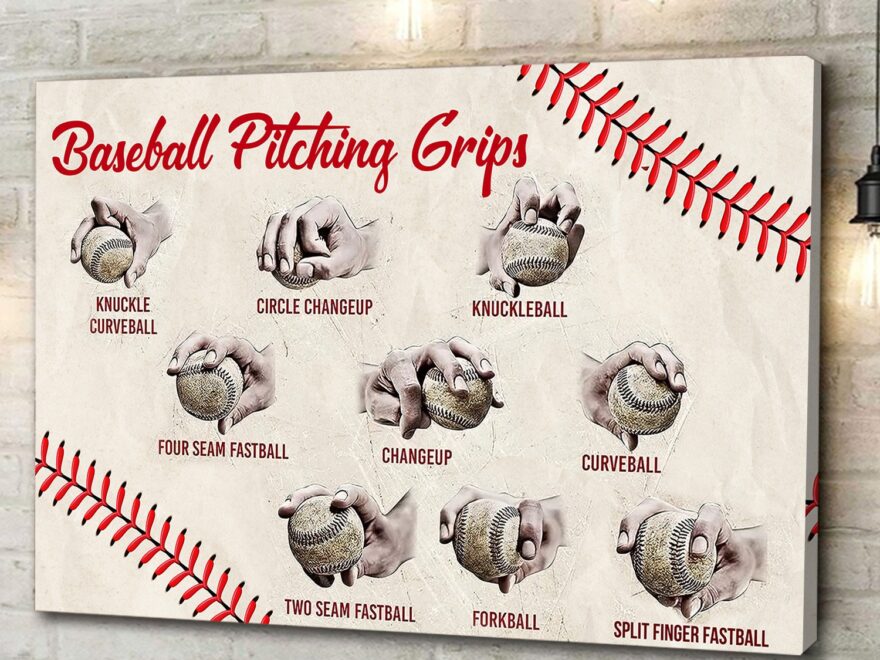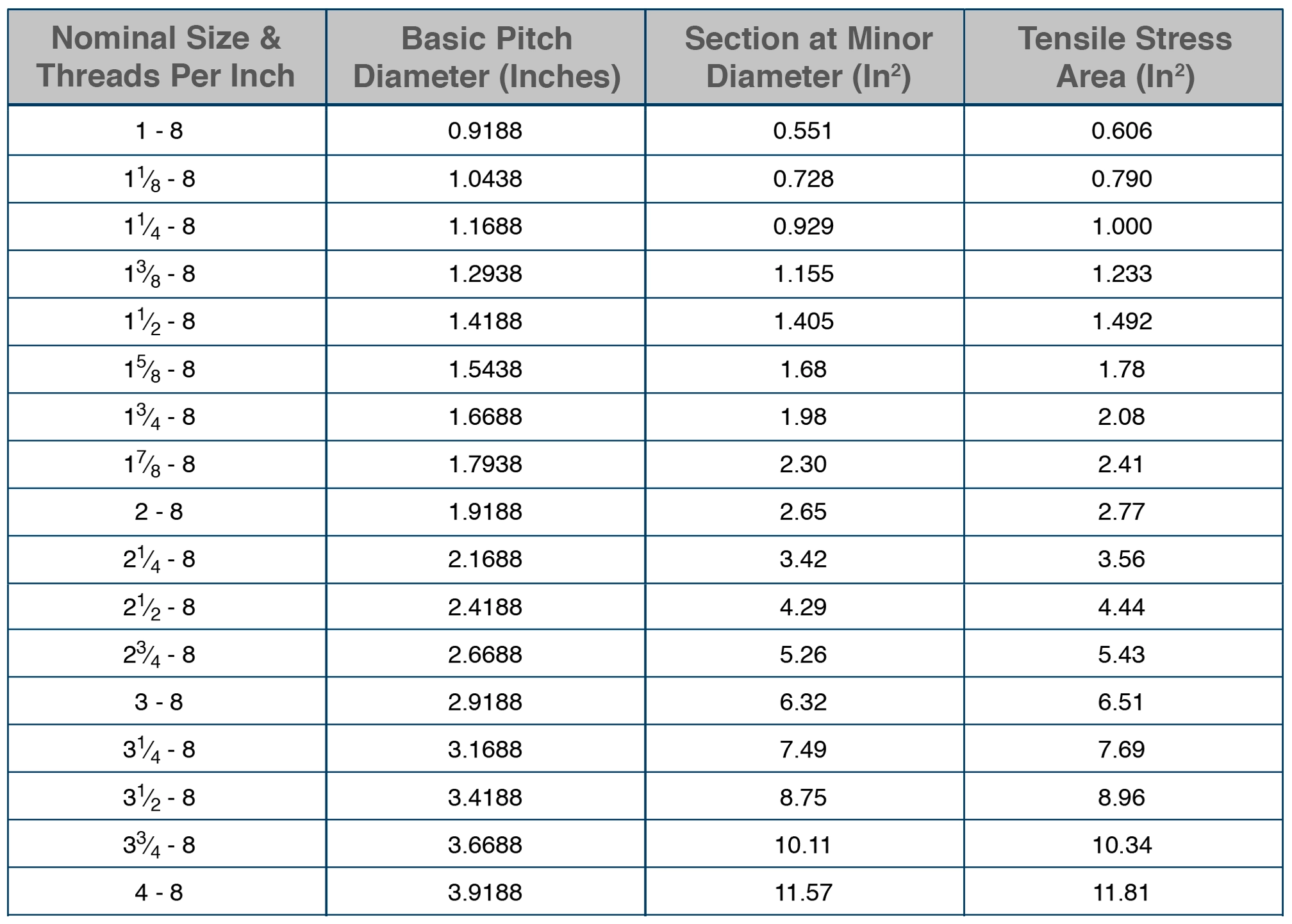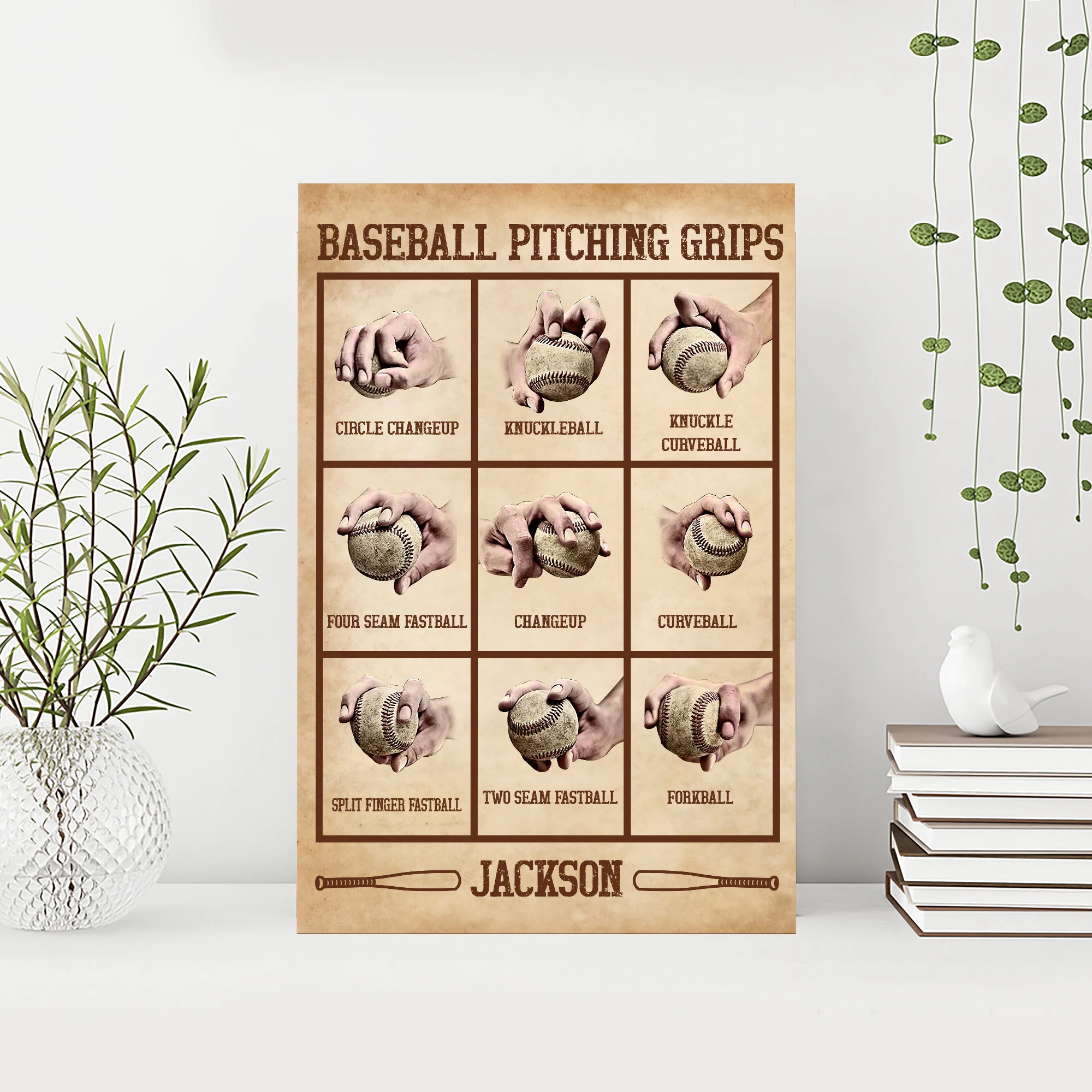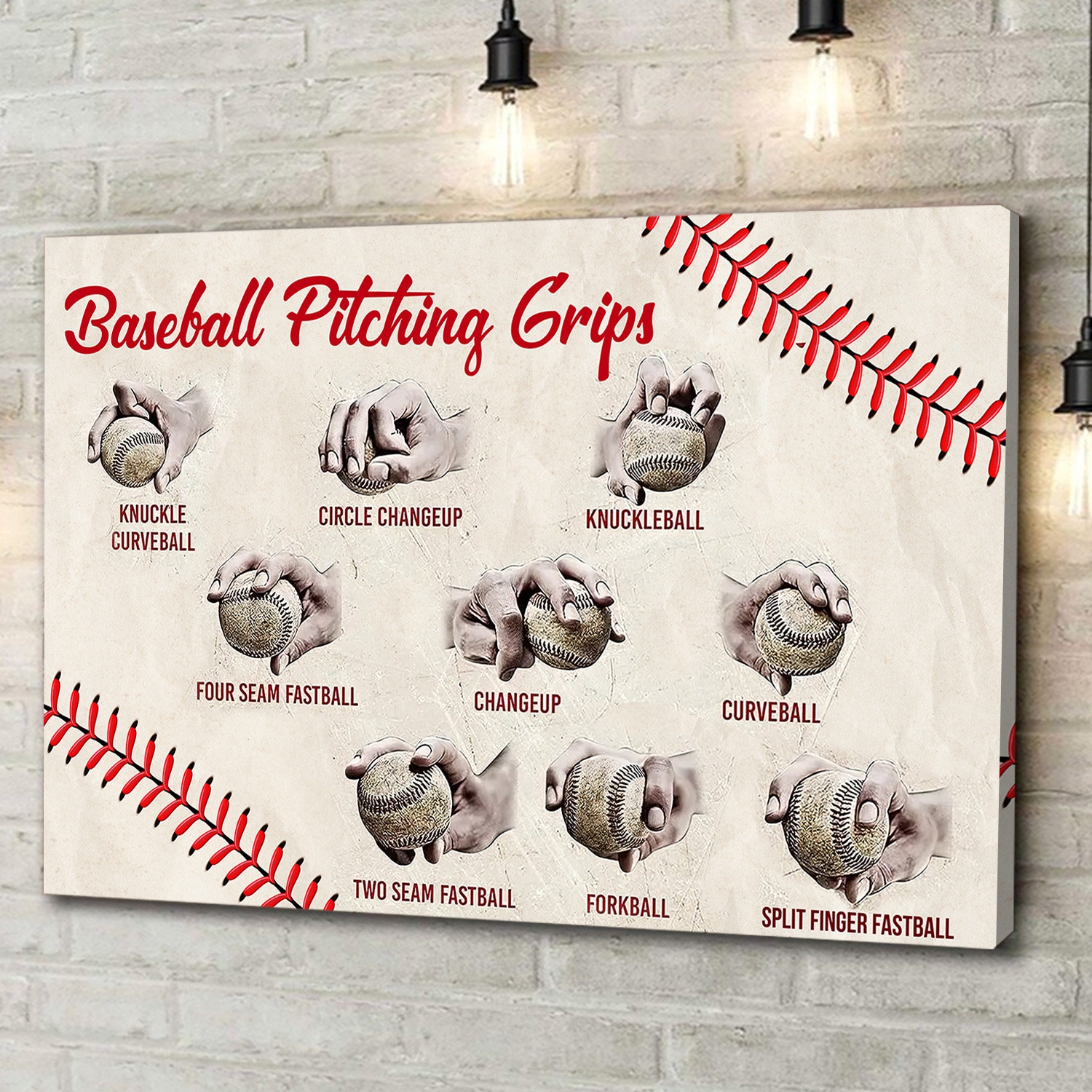Baseball is a sport loved by many, and understanding the different types of pitches can enhance your appreciation for the game. Whether you’re a player, coach, or fan, knowing the characteristics of each pitch can give you a deeper insight into the strategies and skills involved.
From fastballs to curveballs, sliders to changeups, each type of pitch has its unique movement and purpose. Learning about these variations can help you anticipate the pitcher’s next move, making the game even more exciting to watch.
Printable Guide To Types Of Pitches
Printable Guide To Types Of Pitches
Fastball: The most common pitch, thrown with maximum velocity to overpower the batter. Curveball: A slow pitch with a sharp downward break, often used to deceive hitters. Slider: Combines speed with sideways movement, challenging batters to make contact.
Changeup: Slower than a fastball, but with the same arm action, designed to keep hitters off balance. Knuckleball: Unpredictable and difficult to master, this pitch wobbles on its way to the plate, baffling even the most experienced batters.
Knowing when and how to use each type of pitch is crucial for pitchers looking to outsmart their opponents. By studying the mechanics and effects of different pitches, players can develop a more diverse and effective pitching arsenal, giving them a competitive edge on the field.
Next time you watch a baseball game, pay attention to the pitcher’s grip, arm angle, and release point to identify the type of pitch being thrown. With this printable guide to types of pitches, you’ll be able to follow along and appreciate the artistry and skill behind each throw.
Baseball Pitching Grips Poster Etsy
Baseball Pitching Grips Poster Etsy



